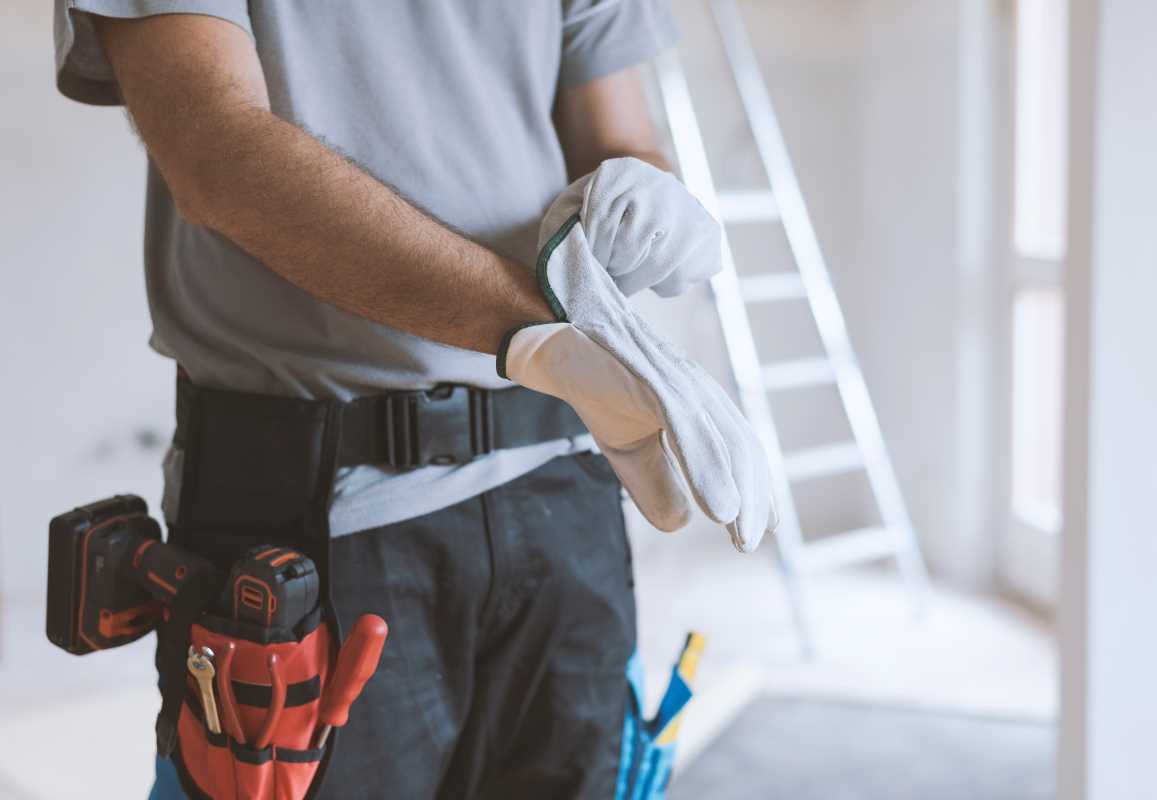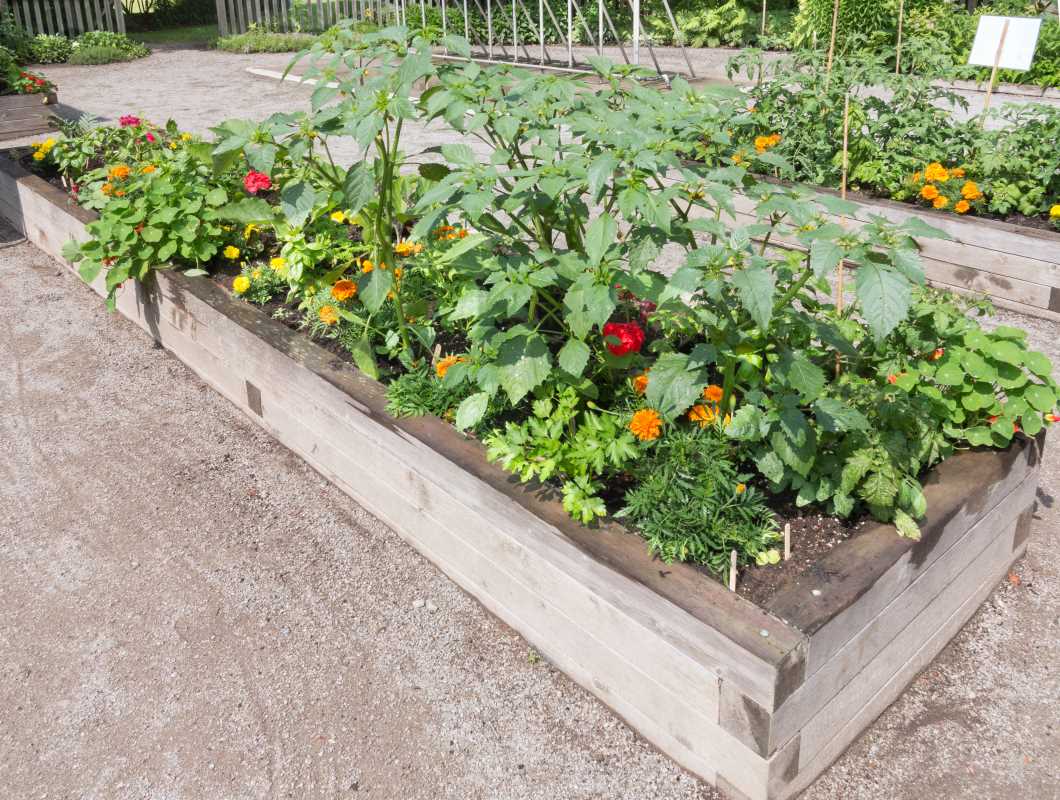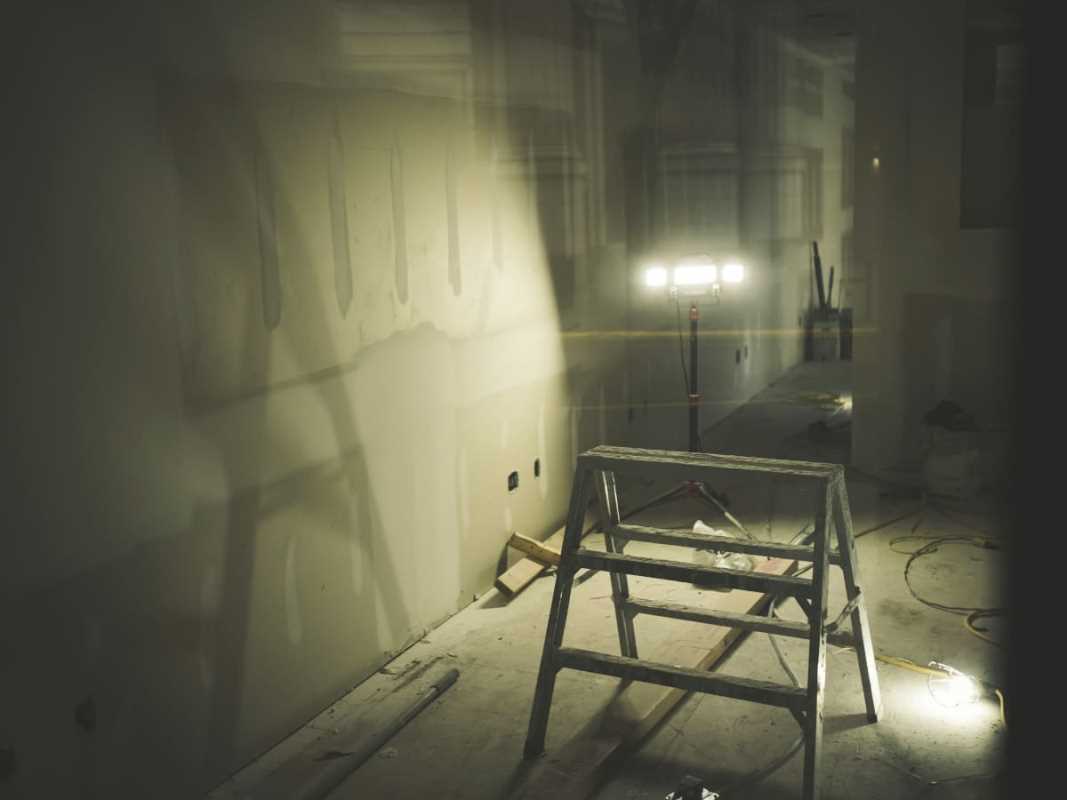The holiday season is all about crafting memories, and for those who love a good DIY project, it’s the time to bring out the glue guns and glitter. But if little ones are joining the fun, safety needs to shine as brightly as the Christmas lights. No one wants a holiday mishap when you’re supposed to be decking the halls. With just a few precautions, you can create crafts that are festive, fun, and kid-friendly. Here’s how to keep things merry and safe while crafting with kids this holiday season.
Choosing the Right Materials
The first step in creating child-safe Christmas crafts is all about smart material choices. Skip anything sharp, breakable, or overly delicate. Glass ornaments, for instance, might look beautiful, but they’re a recipe for tears if dropped mid-craft. Instead, opt for shatterproof plastic ornaments or sturdy cardboard cutouts.
When it comes to adhesives, avoid industrial-strength glues that could stick tiny fingers together or cause irritation. Washable, non-toxic glue is your best bet. It might not hold your gingerbread house through a hurricane, but for holiday crafts, it’s more than sturdy enough (and safe).
Pay close attention to paint and markers. Choose non-toxic, water-based paints and washable markers to minimize mess and avoid potentially harmful chemicals. Bonus points if you grab some festive, glitter-infused options for extra holiday sparkle!
Think about the little details too. Tiny beads or buttons are charming, but they can easily turn into choking hazards for the smallest crafters. Opt for larger, swallow-proof materials instead. Felt shapes, chunky foam stickers, and pompoms make lovely additions without any added worry.
Lastly, say no to scented materials. While pine-scented glue or berry-smelling markers might seem fun and festive, they can trigger allergies or be too tempting for toddlers inclined to taste-test their art supplies.
Setting Up a Safe Crafting Space
A little planning goes a long way when creating an inviting, yet safe, workspace for your holiday crafting. Start by choosing a flat, sturdy surface where kids can comfortably reach everything without tipping or spilling. A low coffee table covered with an easy-to-clean tablecloth or craft mat is a great option.
Good lighting is a must for safe crafting. Dim rooms lead to squinting, spills, and possibly misplaced scissors. Use task lamps or set up near a sunny window to create a bright, cheerful environment that’s perfect for creating masterpieces.
Keep sharp objects out of reach unless you’re actively supervising their use. Scissors, craft knives, or even pointy decorations can become hazards in no time. Many craft stores sell safety scissors designed for little hands, which cut paper like a dream while keeping fingers safe.
Encourage kids to sit securely while crafting. Wobbly chairs or sitting on the floor in awkward positions can lead to tumbles (and complaints). Stable, comfy seating ensures they can focus on the fun without fretting over balance.
Get organized with supplies by using small bins or trays to separate materials into easily accessible sections. This not only helps avoid chaos but keeps sharp or harmful objects out of little hands until they’re needed. Plus, a tidy table means less mess to clean up afterward.
Modifying Techniques for Kid Safety
The magic of DIY crafting often lies in the techniques, but some traditional methods need a kid-friendly upgrade. It’s all about swapping out risky tools and practices for safer alternatives that still deliver delightful results.
For example, skip the hot glue gun when kiddos are involved. Even low-temperature versions can burn tender fingers. Instead, use craft glue or adhesive dots, which are much safer and work surprisingly well for most projects.
When it comes to cutting, trade sharp scissors for kid-friendly ones with rounded tips. For younger children, pre-cutting shapes or using punch-out templates can avoid any risk of accidental snips. Likewise, avoid any designs that require wire or other sharp-edged materials. Soft pipe cleaners can stand in for wiry stems or frames in a pinch.
Create a game plan around glitter. While it’s a star player in holiday crafts, it tends to go everywhere. Use glitter glue instead of loose glitter to avoid the temptation for kids to sprinkle (or spill) until your home looks like the North Pole. Clear packaging tape under projects can catch stray glitter for a super simple cleanup.
Consider sealants for finished crafts. If you’re making ornaments or décor, use a non-toxic clear spray to seal edges or secure decorations. This prevents peeling or flaking that might become safety concerns later, especially when little hands love to touch everything they’ve made.
Lastly, keep craft time manageable. Long, drawn-out sessions often lead to dwindling attention spans and careless mistakes. Break up complicated crafts into smaller steps, giving kids a chance to safely tackle each one before moving on.
Keep Potential Hazards in Check
It’s amazing how something seemingly harmless can suddenly turn risky in the hands of curious kids. Identifying and minimizing these hidden dangers can keep the crafting process carefree.
Start with supervision. Even the safest materials can become a hazard if they’re being used in unintended ways (like glue sticks doubling as drumsticks). Keep close watch, provide clear instructions, and encourage kids to ask you before using tools or materials they’re unsure of.
Mind the bounds of your space. Tape off a “crafting zone” if needed and explain to kids that materials need to stay within that area. This helps prevent potential slip-ups, like stepping on scissors or spilling glue beyond the craft mat.
Store supplies mindfully. Put away items that aren’t actively in use, especially anything sharp, small, or messy. Teaching kids to keep their workspace tidy not only improves safety but makes crafting more enjoyable for everyone.
Some crafting materials can trigger allergic reactions or skin irritation. Even non-toxic items should be used with care, as sensitivity varies from person to person. Introduce new materials gradually and watch for any adverse reactions.
And finally, have a basic first-aid kit within reach. Though the goal is a hazard-free afternoon, kids are nothing if not unpredictable. Having bandages, wipes, and a cool compress nearby ensures you’re prepared for the tiniest tumble or scrape.
Adding a Festive and Functional Twist
Crafting safety doesn’t mean sacrificing creativity. If anything, it’s an opportunity to think outside the box and create festive, functional crafts designed with kids in mind. Double down on holiday cheer by turning safety rules into part of the fun.
For instance, swap traditional candle-making for battery-operated tea light holders. Kids can design their own “flames” with tissue paper and paint or create stained-glass effects using contact paper and colorful pieces of cellophane.
Make ornaments out of soft materials like felt or yarn that are entirely kid-safe. Hand-sewn ornaments filled with stuffing are a festive (and forgiving) alternative to fragile glass bulbs.
Introduce edible craft elements. Gingerbread houses, marshmallow snowmen, or candy cane wreaths are both creative and safe since any extra parts can go straight into happy little mouths. Just make sure to go sugar-free if you’re crafting with toddlers.
Highlight teamwork and involve kids in making holiday gifts for family members. Create handprint art on aprons, tote bags, or greeting cards for a personalized and heartfelt (but entirely safe) touch.
And don’t forget the cleanup! Teaching kids to tidy up after themselves is a valuable life lesson and can be spun as part of craft time. Play holiday music and turn it into a game to see who can gather the most scraps the fastest.







